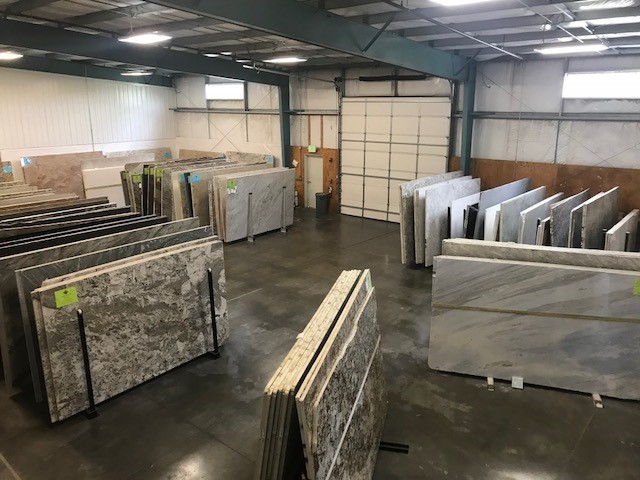Interested in the origins of stone countertop slabs? If you’re embarking on a kitchen or bathroom renovation, you’ve likely considered the timeless elegance of some different stone countertops. These stunning surfaces not only enhance the aesthetics of your space but also offer durability and functionality. But have you ever wondered where these exquisite slabs come from? Let’s delve into the origins of the most popular natural and engineered stone materials.
1. Granite: Earth’s Timeless Beauty
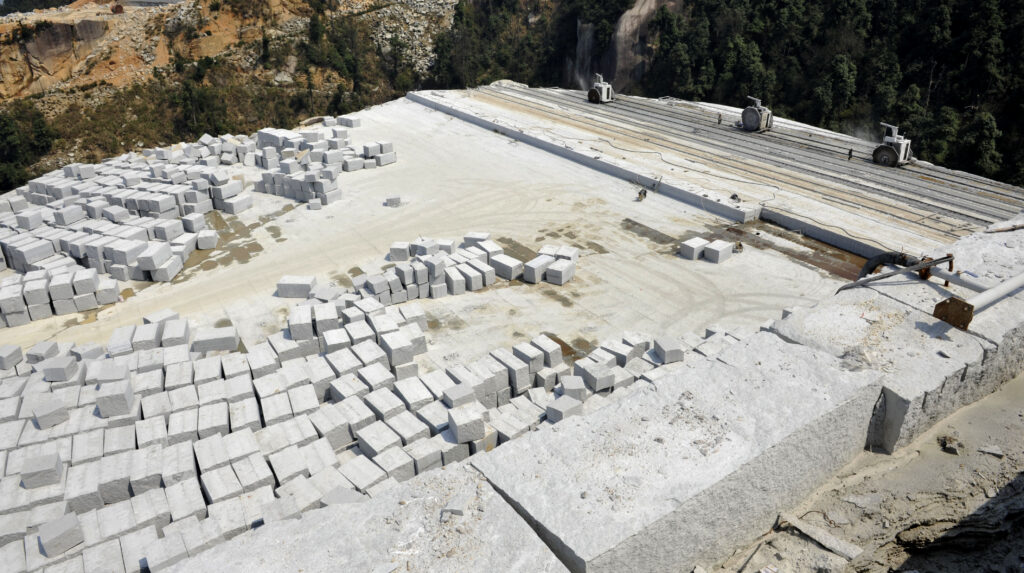
Granite stands as a favorite choice among homeowners for its enduring appeal. Here’s how it comes to life:
- Formation: Granite is an igneous rock formed from magma deep within the Earth’s crust.
- Origins of Stone: Quarries worldwide yield granite blocks, including locations in Brazil, India, and China.
- Fabrication Process: Once extracted, these massive blocks journey to factories. There, powerful saws meticulously cut them into slabs.
- Polished Perfection: The final touch involves polishing the slabs to achieve that glossy finish characteristic of granite countertops.
2. Marble: Elegance in Metamorphic Form
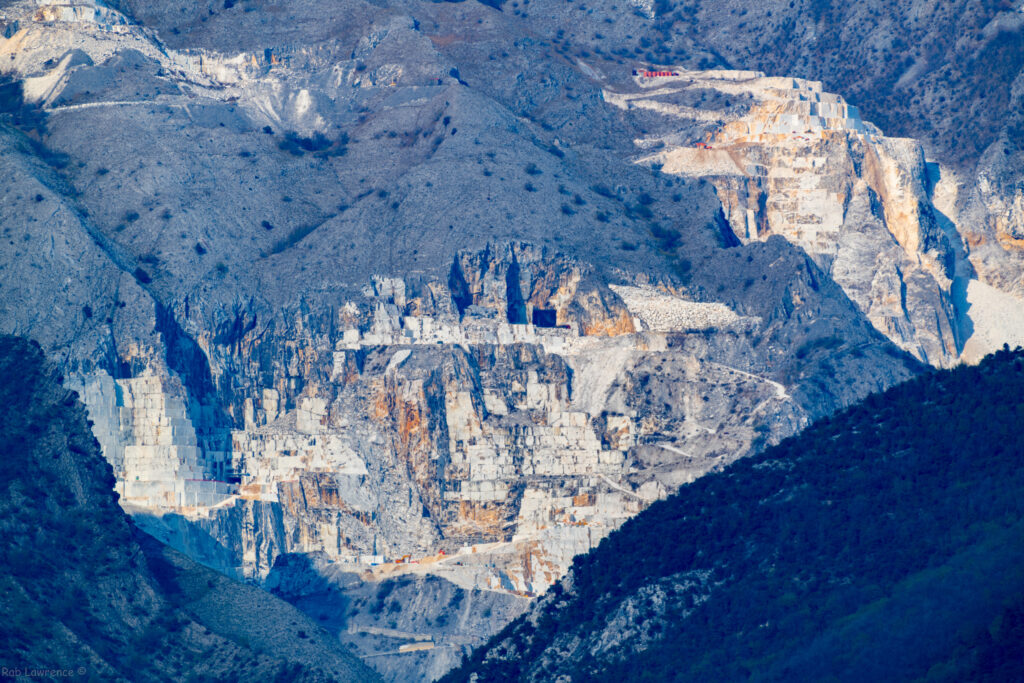
Marble, another beloved natural stone, exudes sophistication. Here’s its story:
- Metamorphic Transformation: Marble originates from limestone subjected to intense heat and pressure.
- Origins of Stone: Quarries across Italy, Greece, and Turkey yield marble blocks.
- Crafting the Slabs: These blocks travel to fabrication facilities, where skilled artisans cut them into elegant slabs.
- Lustrous Finish: Polishing reveals the inherent veining and luxurious gloss that define marble countertops.
3. Quartz: Engineered Brilliance
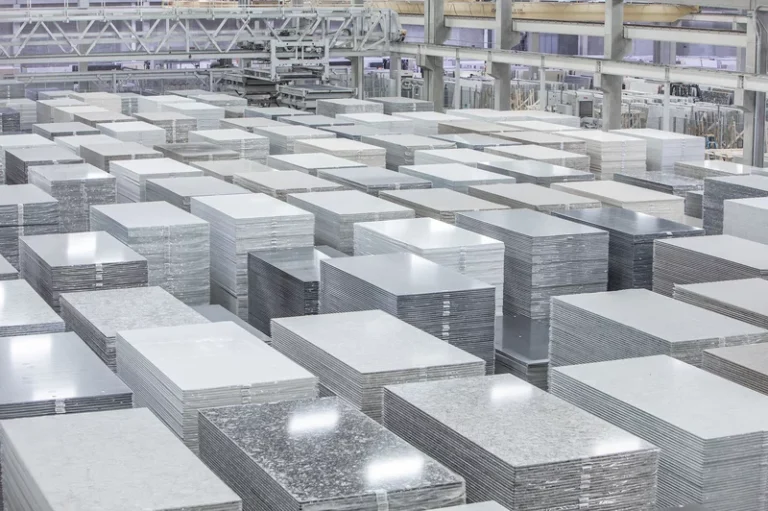
Quartz countertops offer a unique twist—they’re not purely natural. Here’s why:
- Composition: Engineered stone, comprising 93% quartz particles and 7% resin, forms the base.
- Origins of Stone: Quartz particles are mined globally—from the United States to Brazil and Madagascar.
- Art of Creation: After extraction, these particles blend with resin and other materials. The result? An engineered quartz slab.
- Cutting and Polishing: Skilled craftsmen cut and polish these slabs to perfection. Remember, quartz is distinct from quartzite!
4. Quartzite: The Natural Marvel
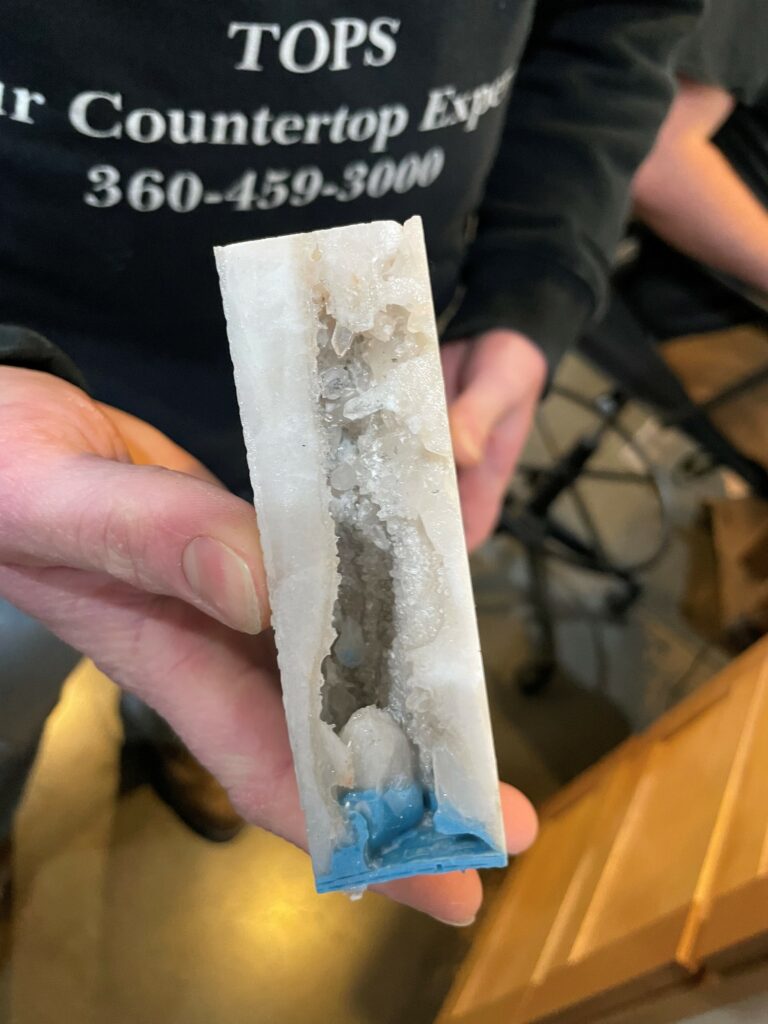
Quartzite deserves a special mention:
- Origins: Quartzite is a metamorphic rock formed from sandstone under immense heat and pressure.
- Origins of Stone: Quarries worldwide, including those in Brazil and India, yield quartzite blocks.
- Crafting the Slabs: Skilled artisans transform these blocks into exquisite slabs.
- Enduring Appeal: Quartzite countertops showcase unique patterns and colors, making them a sought-after choice.
5. Soapstone: Not Just for Kitchens
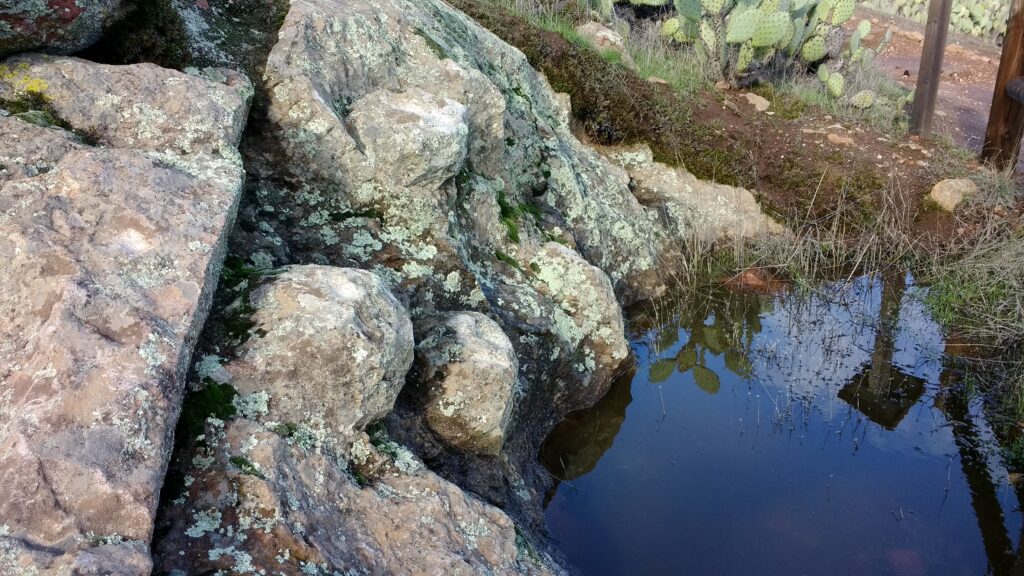
Soapstone, a metamorphic rock formed from talc under intense heat and pressure, is gaining popularity as a natural stone countertop material. Here’s what you need to know:
- Distinctive Features:
- Impenetrable Surface: Soapstone is non-porous, resisting stains and bacterial growth. Commonly used in laboratories.
- Origins of Stone: Quarries in Virginia, Brazil, Alaska, and Finland supply most soapstone slabs.
- Heat Resistant: Ideal for kitchen countertops due to its remarkable heat resistance.
- Natural Darkening: Over time, soapstone develops a unique patina, adding character.
- Scratch Sensitivity: Be cautious with heavy wear to prevent scratches or chips.
Remember, whether you opt for granite, marble, quartz, quartzite, or soapstone countertops each countertop tells a geological tale—a fusion of Earth’s artistry and human craftsmanship. While the origins of each stone countertop may differ, they all offer many of the same robust and elegant design appeal.
Regardless of which natural stone material you choose, you can be sure that your countertops will add beauty and value to your home. Schedule an appointment with the Tops Solid Surface design team today to discuss your countertop remodel needs!
